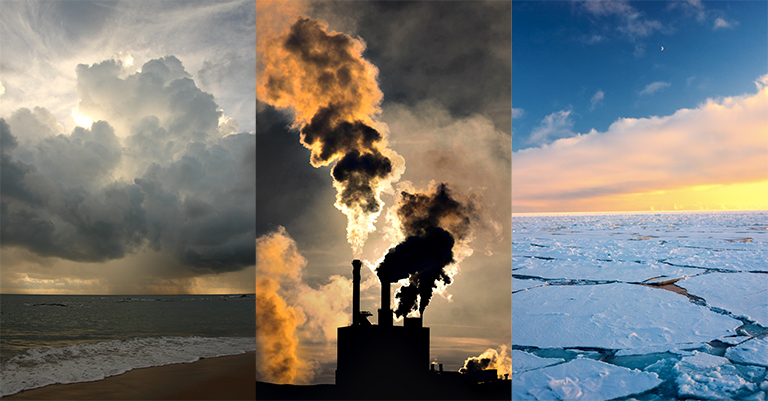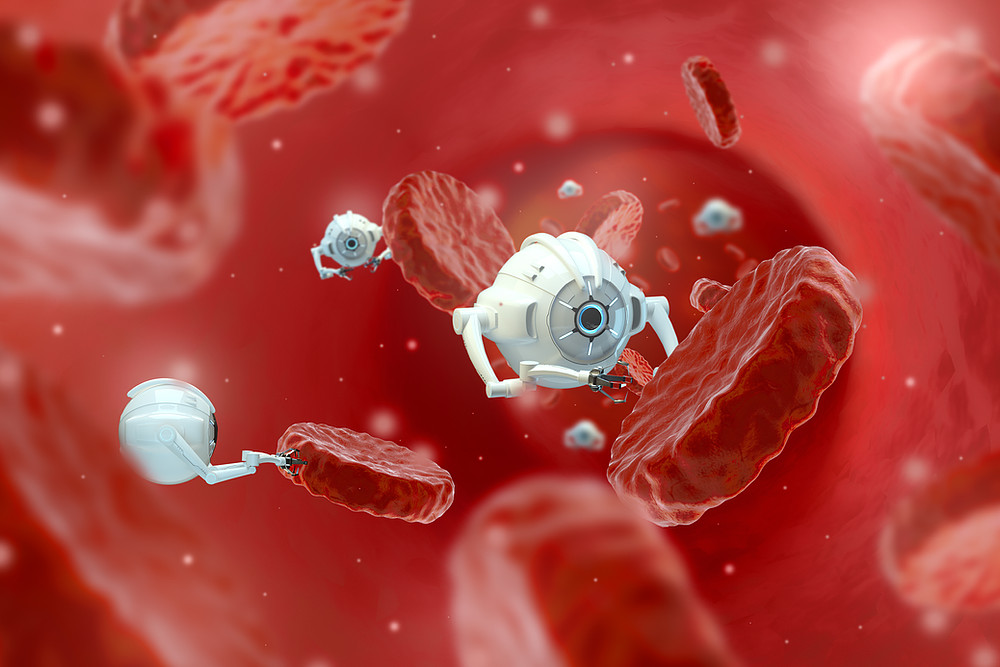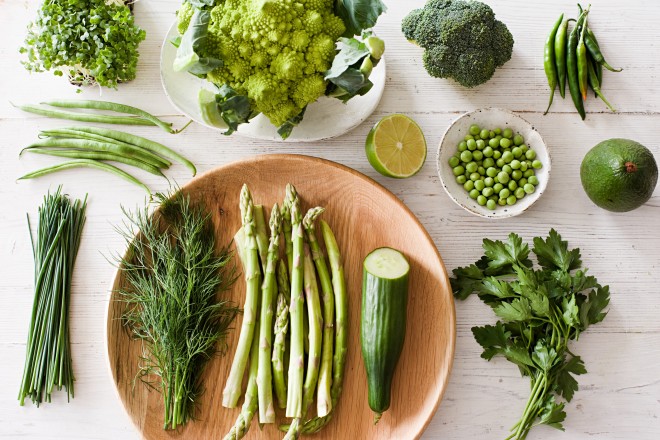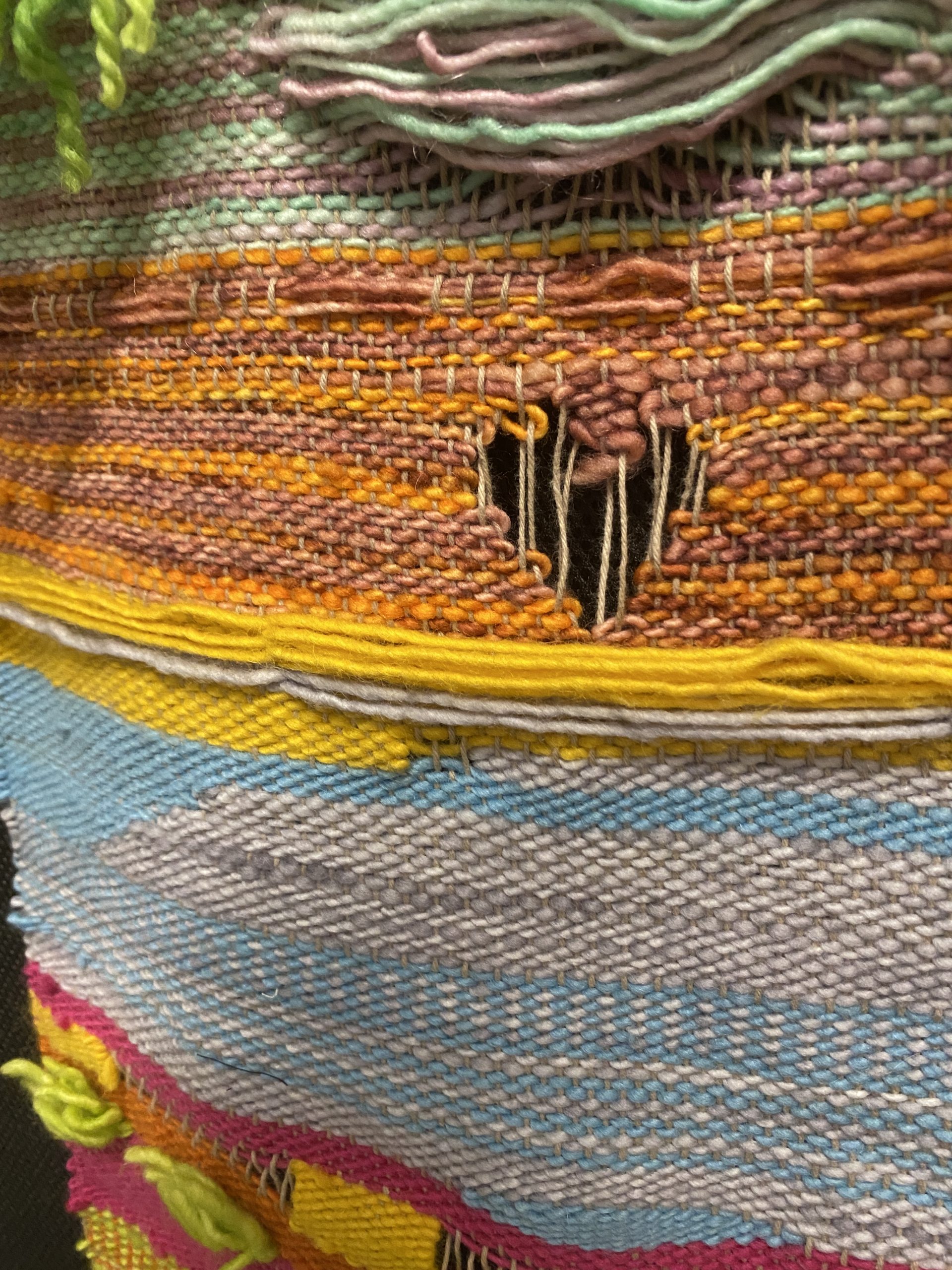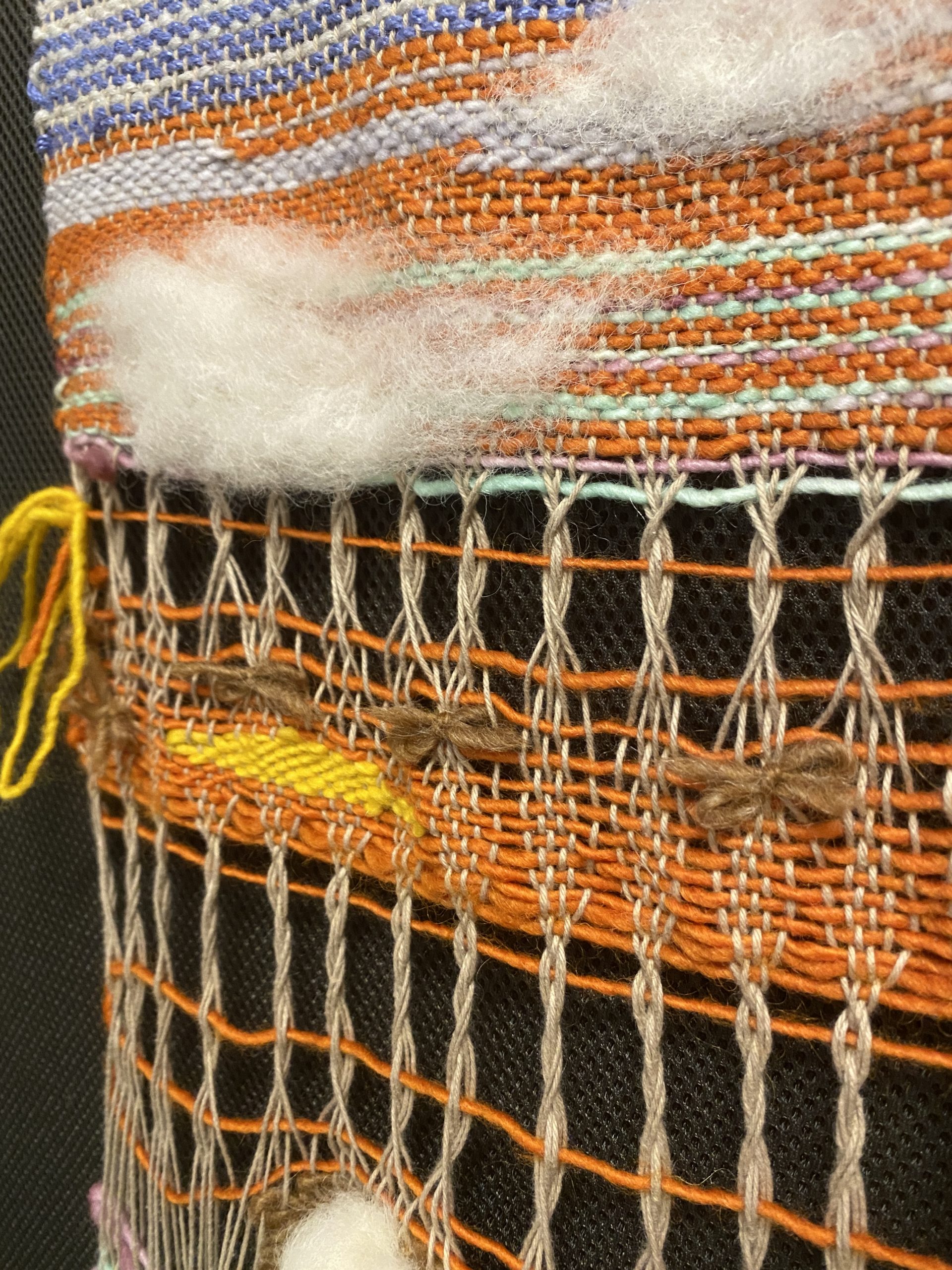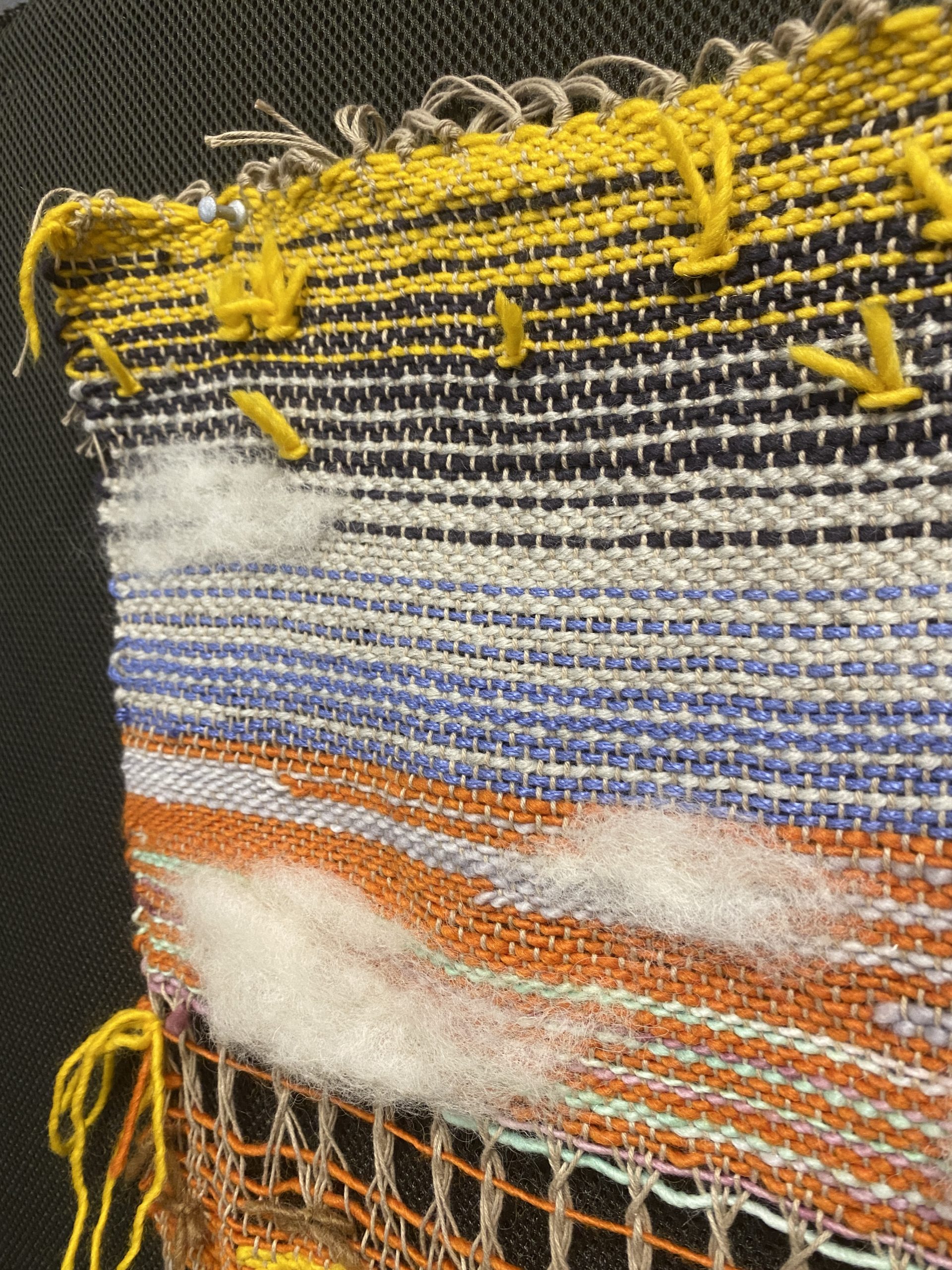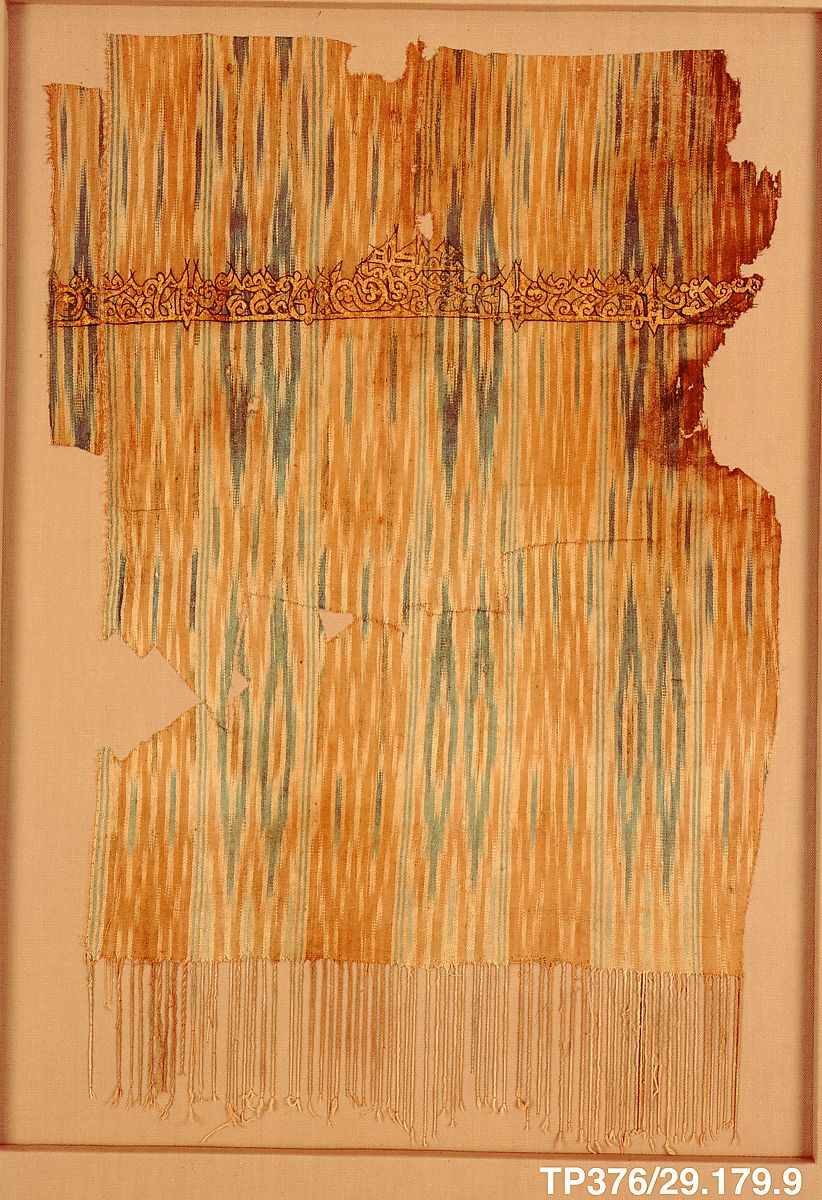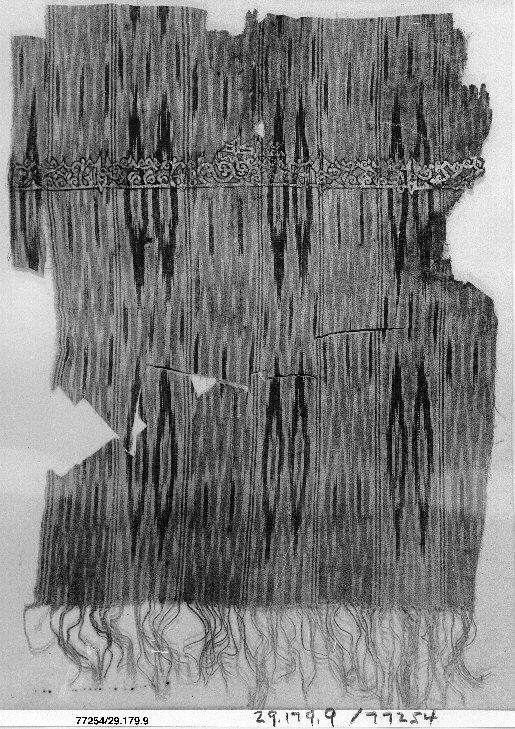To remember my first time cooking and inviting my friends over for a holiday, I created a textile version of our Thanksgiving plate. In addition to the plate, the final piece includes mashed potatoes, mac and cheese, asparagus, gravy, and roast turkey.

Here’s a close-up and detailed description of each of the components:
Plate:
The plate was assembled with a 3D component in mind. To achieve this, the full plate was split into five sections and individually stuffed with some wool to give it some perception of weight. The meeting points of the outer sections were slightly trimmed then sewn back together to elevate the plate’s edges.
Mac and Cheese:
For the mac and cheese, each piece of mac was individually felted so that it curves in the direction that resembles a real mac. Together, they make up around a scoop to a scoop and a half of mac and cheese – almost exactly the amount each person took at the event.
Mashed Potatoes:
The mashed potatoes were very simply felted together after individually felting two different-sized half-spheres then combining them together. The gravy added on top in the final piece adds another layer of depth to the ingredient.
Asparagus:
The asparagus was put together by first trimming a piece of sponge to somewhat resemble asparagus, then gluing an outer piece of green paper to more closely match the real color, and finally the green strand to match the roughness of the vegetable on its top portion.
Roast Turkey:
For the roast turkey, the material had to first be dyed using the reactive dye method with a 1:1:2.75 red: blue: yellow ratio after cutting out each piece individually. Each of the pieces was first sewn three-quarters of the way before the wool stuffing was added. The gaps were then sewn closed. After adding velcro and trimming off any excess cloth, the roast turkey was complete. The result is a felted/sewn turkey with detachable wings and drums!
Reflection
Overall, I was very happy with how the project turned out. All of the pieces came out very closely with how I imagined them to look, and I will definitely put this project somewhere visible in my room back home.
In terms of skills, I became much more comfortable with sewing towards the end of the project and the process became much less frustrating. I also have a newfound respect for artists who complete much larger projects because of the time and effort they must commit.
I laughed at how “deflated” the turkey turned out (I wasn’t very confident in the strength of the stitches and opted to lower the pressure), chucked at how I couldn’t think of a better way to represent semi-liquid gravy, and smiled at how well the plate’s 3-dimensional aspect came out to be. It’s been incredible working on this project, and I had a blast.














